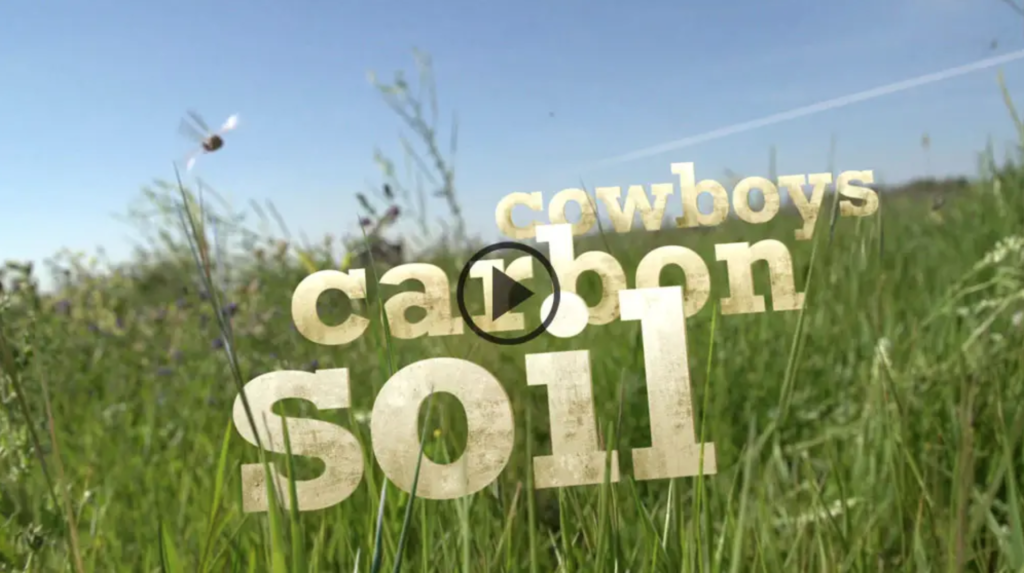Impacts of holistic planned grazing with bison compared to continuous grazing with cattle in South Dakota shortgrass prairie

Paper assesses Holistic Planned Grazing outcomes in shortgrass prairie of the Northern Great Plains of North America. Researchers compared key ecosystem functions on the ranch of long time Holistic Management practitioner Mimi Hillenbrand who grazes bison, with those on neighboring cattle ranches using set stocked light continuous (LCG) and heavy continuous grazing (HCG).
Benefits of multi-paddock grazing management on rangelands: Limitations of experimental grazing research and knowledge gaps

This paper refutes recent research that finds no benefits for vegetation or animal production under “multi-paddock rotational grazing” in comparison to continuous grazing. It finds that these studies were small scale and fixed protocol experiments that did not adequately match the experience of successful managers.
Multi-paddock grazing on rangelands: Why the perceptual dichotomy between research results and rancher experience?

This paper explores how perceptions differ among rangeland managers who have effectively used multi-paddock grazing systems and the research scientists who have studied them.
GHG Mitigation Potential of Different Grazing Strategies in the United States Southern Great Plains

This paper demonstrates that enteric emissions (methane) from cows are not a climate impediment when the animals are managed in a way that builds soil, thus, capturing carbon. Specifically, using a life cycle assessment that weighs emissions against sequestration, it calculates a net drawdown of approximately 2 tons of carbon per hectare per year (0.8 tons per acre per year) after a conversion from heavy continuous to multi-paddock grazing.
Grazing management impacts on vegetation, soil biota and soil chemical, physical and hydrological properties in tall grass prairie

This paper finds that adaptive management using multi-paddock grazing produced superior outcomes on vegetative cover and soil. In a comparison of four grazing schemes: light continuous (LC), heavy continuous (HC), multi-paddock with adaptive management (MP), ungrazed areas – exclusion (EX), the MP lots were better in almost every measure. Factors measured included soil organic matter (SOM), water infiltration rate, water volumetric percentage, cation exchange capacity, fungal/bacterial ratio, percent bare ground and standing biomass of desirable and undesirable plants.
Impacts of soil carbon sequestration on life cycle greenhouse gas emissions in Midwestern USA beef finishing systems

This paper does a greenhouse gas life cycle analysis (LCA) comparison of two grazing finishing systems in the Upper Midwest, USA: feedlot finishing and Holistic Planned Grazing, which the authors refer to as adaptive multipaddock (AMP). It finds that AMP finishing improved soil organic carbon by 3.5 tons per hectare per year. This resulted in a net negative footprint of 6.6 kg of carbon dioxide equivalence per kg of carcass-weight.
Soil Carbon Cowboys

This short film by Peter Byck follows producers who have taken the leap from conventional to regenerative agriculture.
Adaptive multi-paddock grazing enhances soil carbon and nitrogen stocks and stabilization through mineral association in southeastern U.S. grazing lands

This paper conducted a large-scale on-farm study on five “across the fence” pairs of Holistic Planned Grazing, referred to by the authors as adaptive multi-paddock (AMP) grazing, and conventional grazing (CG) grasslands covering a spectrum of southeast United States grazing lands. Findings showed that the AMP grazing sites had on average 13% (i.e., 9 Mg C ha−1) more soil C and 9% (i.e., 1 Mg N ha−1) more soil N compared to the CG sites over a 1 m depth. Additionally, the stocks’ difference was mostly in the mineral-associated organic matter fraction in the A-horizon, suggesting long-term persistence of soil C in AMP grazing farms.
